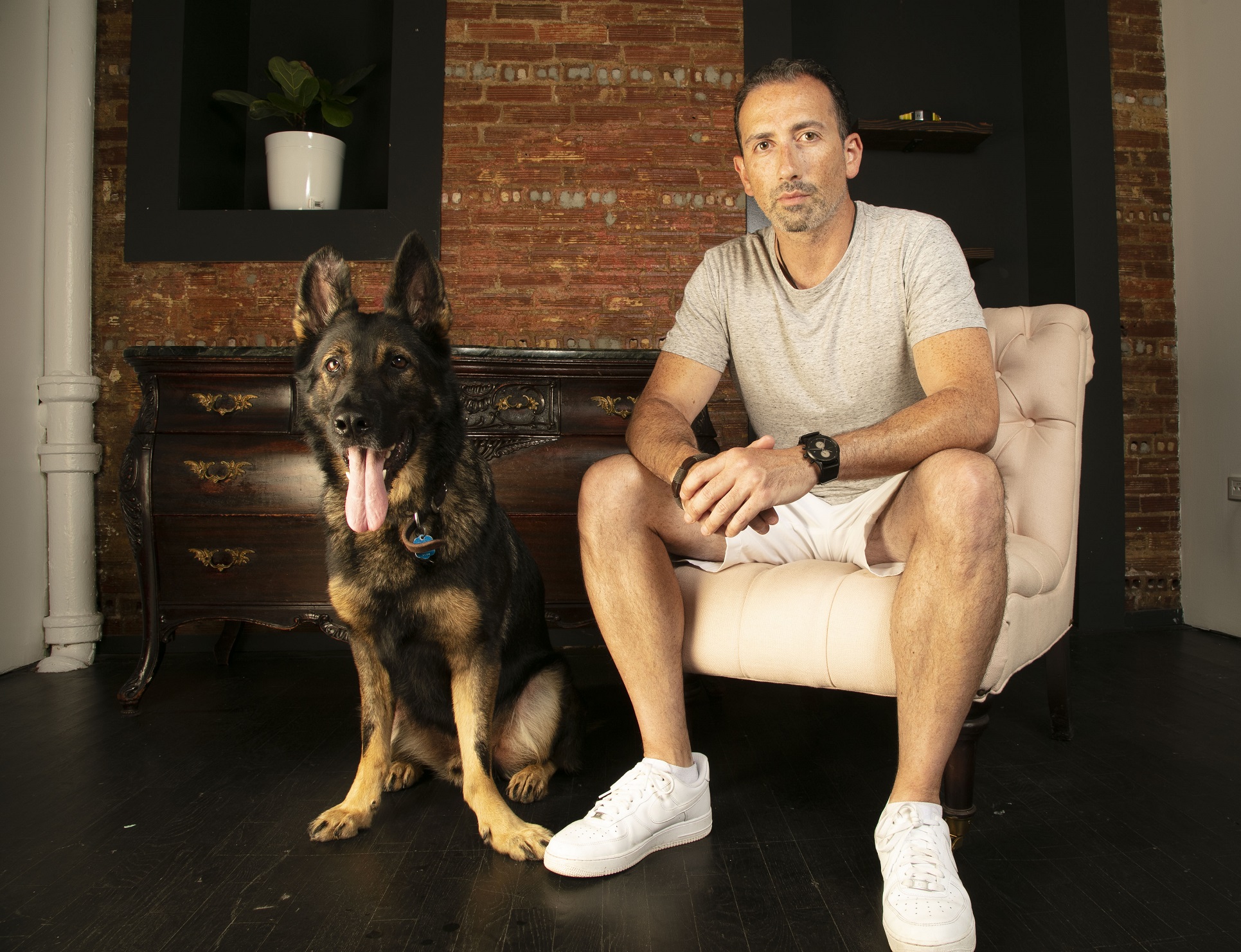Science & Technology: Jonathan Bensamoun of Fi Smart Collar
Glenn Polyn //October 1, 2021//
Pet Age recently spoke with Jonathan Bensamoun, co-founder and CEO of Fi, to learn more about the technology and benefits of smart collars.
How does the Fi Collar allow pet parents to leverage technology to strengthen the human-animal bond?
I co-founded Fi with Loren Kirkby in 2017 after I couldn’t find a product with a decent design and battery life to keep an eye on Thor, my German shepherd puppy. It has now evolved from a simple tracking device to the smartest technology ever designed to understand your dog and compare it to other dogs on the network – we track their activity, their sleep at night, their nap time frequency during the day and even the number of interruptions in their night of sleep.
Dogs cannot tell us how they feel so we build the most advanced technology to give us all the data we need to understand them better. If anything changes in your dogs’ routine or daily habits – our technology will tell you. That’s how we make the human-animal bond stronger: by leveraging data to create communication.
With regard to the collar’s sleep tracking ability, how does it differentiate between sleeping and napping?
That’s a great question – it’s actually very complex to determine when your dog’s night of sleep is “starting” and “ending.” The short answer is that it’s all about micro-movements. Our technology can accurately monitor a dog’s movements to the point that we can make the difference between a dog shaking his legs at night (because, you know, running after that ball), and a dog actually waking up from deep sleep to go drink.
We also adjust for length of night session, time of the day, etc., to determine if the ongoing measurement is more likely an evening nap or the start of the night.
How can veterinarians utilize Fi Collar data to improve their diagnostic capability?
We want to give the vet information about what he cannot see. What happens when the dog is at home? Dog parents are not always the best at noticing details: has your dog woken up more at night recently? Is he drinking more? If we can provide more hard data to the vets, they can make more informed recommendations to the parents; that’s what we want to facilitate. With time we also want to be able to detect potential issues and recommend the parents to take their dogs to the vet faster, before an issue becomes more substantial. We work hard in partnership with vets to make sure we craft the information they need and that is useful for them.
How does Fi determine the appropriate number of steps for each dog?
Research is actually really thin as to what constitutes “optimum” activity level for dogs, Most sources will recommend 30 minutes of “walking” every day and a bit more for larger, more active breeds. In reality, at Fi we designed a two-fold approach to this: first, we help you monitor any change in your dog’s routine. Is your dog walking more/less than usual and secondly, we give you data from all the other dogs on the Fi network. It’s much more relevant to set a step goal for your dog based on the national average of other dogs of the same age and breed than to pick a random number. We try to leverage data to help parents make an informed decision, and the tools to monitor their alignment to this goal. Every dog is different, so we want to help them craft the best routine for their dog.
What is the Fi Collar’s escape detection ability and how does it work?
When a dog parent starts using the Fi App they define “safe zones.” These are areas where the dog can roam around on his own without supervision. Think of home, backyard or daycare, for example. If their dog escapes a safe zone without supervision, the Fi system kicks in and detects an “escape.” It starts tracking your dog using GPS and allows you to find him as fast as possible.
There are over 100 million dogs in the U.S. and fewer than 1 million smart collars have ever been sold; most people simply don’t know that they can leverage wearable GPS technology to keep their dogs safe.



















